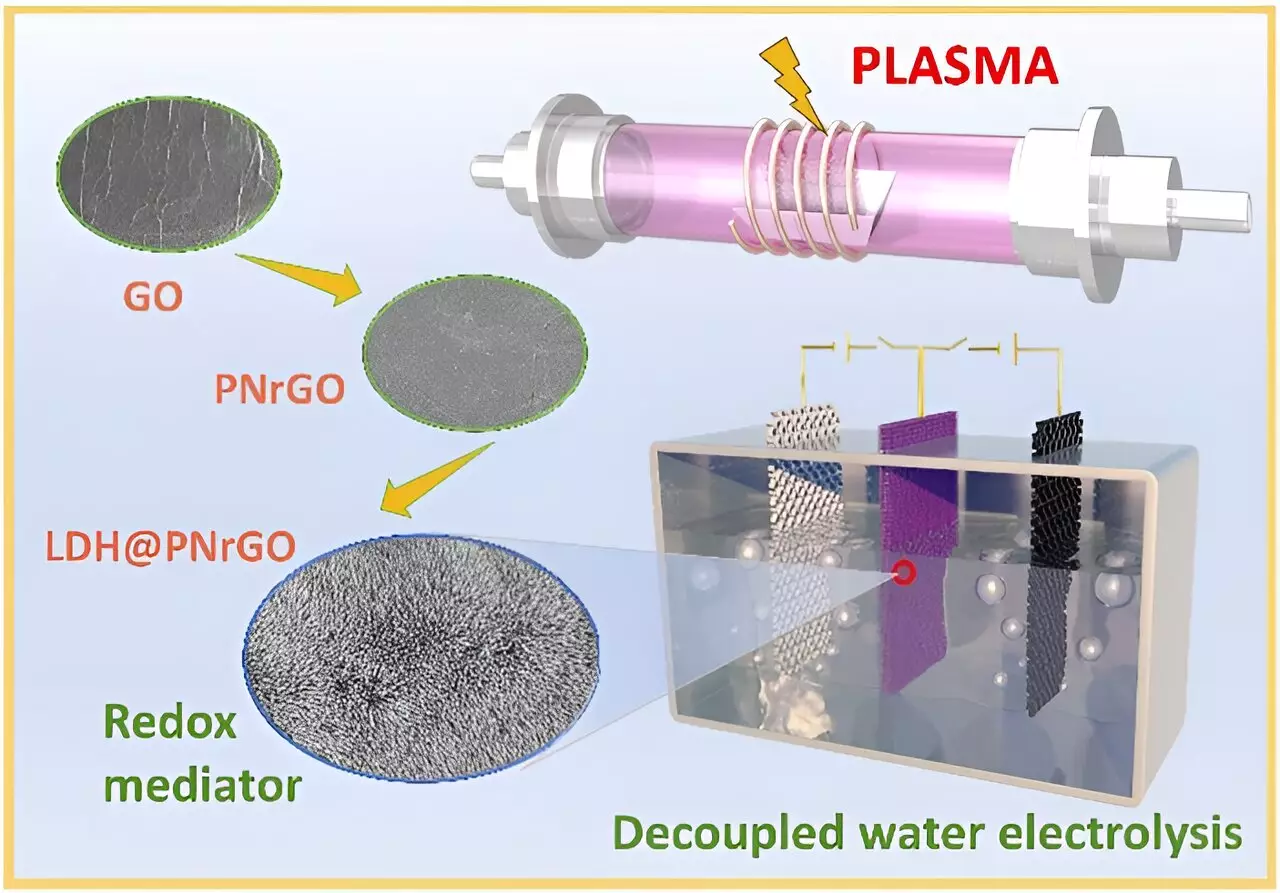In a significant advancement for sustainable energy technology, a research team led by Professor Chen Changlun at the Hefei Institutes of Physical Science has unveiled groundbreaking cobalt-doped nickel hydroxide bipolar electrodes. This innovative approach enhances the efficiency and reliability of water electrolysis, particularly for hydrogen production. Their findings, as published in reputable journals, underscore the potential for a paradigm shift in how we harness hydrogen from water, primarily addressing the challenges currently hindering traditional alkaline electrolyzers.
Challenges of Traditional Electrolysis
Traditional alkaline electrolysis methods come with considerable drawbacks, primarily related to their inability to adapt seamlessly to the intermittent nature of renewable energy sources, such as wind and solar. These electrolyzers also face significant operational risks, including the mixing of hydrogen and oxygen gases under high-pressure conditions. Such hurdles restrict their viability and scalability in real-world applications. By leveraging a two-step approach to water electrolysis, researchers can effectively sidestep these issues. The use of bipolar electrodes facilitates the simultaneous but spatially distinct production of hydrogen and oxygen, alleviating the need for costly and often cumbersome membrane separators.
Innovative Solutions and Materials Development
The success of this research hinges partly on the development of high-performance materials that can withstand the rigors of electrolysis. Conventional nickel hydroxide electrodes fall short in terms of electric buffering capacity and stability during prolonged use. To counteract these limitations, the researchers employed a one-step electrodeposition technique to create cobalt-doped flexible nickel hydroxide electrodes on carbon cloth. This modification enhances not only conductivity but also the overall electrochemical performance of the electrodes, effectively minimizing unwanted oxygen production during hydrogen generation.
In addition to optimizing electrode materials, the team has pioneered non-noble metal catalysts, including molybdenum-doped nickel-cobalt phosphide and plasma-induced iron composite cobalt oxide. These catalysts exhibit exceptional durability and reactivity, paving the way for more efficient hydrogen and oxygen generation processes. By switching current directions, these electrodes allow for the decoupled production of hydrogen and oxygen, enabling lower operational voltages and enhanced energy conversion efficiency.
Future Impact and Potential Applications
Moreover, the research into layered double hydroxide (LDH) electrodes highlights progressive steps towards further improvements in capacity and conductivity. By employing non-thermal plasma technology, the team succeeded in fabricating nitrogen-doped nickel-cobalt LDH alongside nitrogen-doped reduced graphene oxide/nickel-cobalt LDH electrodes. These innovations markedly elevate the electrodes’ performance metrics, pushing boundaries that are currently established on a global scale.
The implications of these advances in two-step water electrolysis extend far beyond theoretical applications; they hold real promise for large-scale hydrogen storage and potential implementation in industries like telecommunications and data processing. Hydrogen generation utilizing this new method could significantly contribute to the energy demands of 5G base stations and data centers, sectors that require reliable and efficient energy solutions. As highlighted by Professor Changlun, synchronizing their performance indicators with advanced global standards marks a pivotal point toward industrial viability.
By embracing innovative materials and techniques, the research team not only propels hydrogen production technology forward but also lays crucial groundwork for future advancements in renewable energy applications. This research embodies a bright, sustainable future where hydrogen may take center stage as a primary energy source.


Leave a Reply